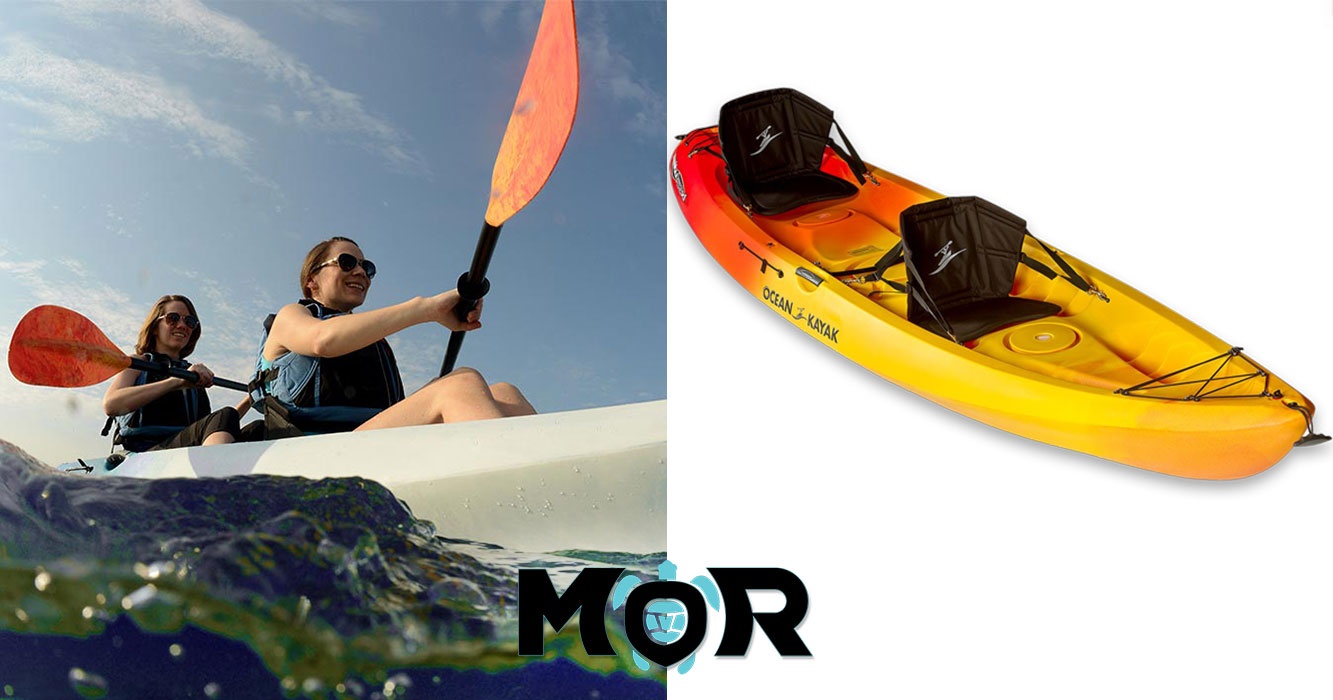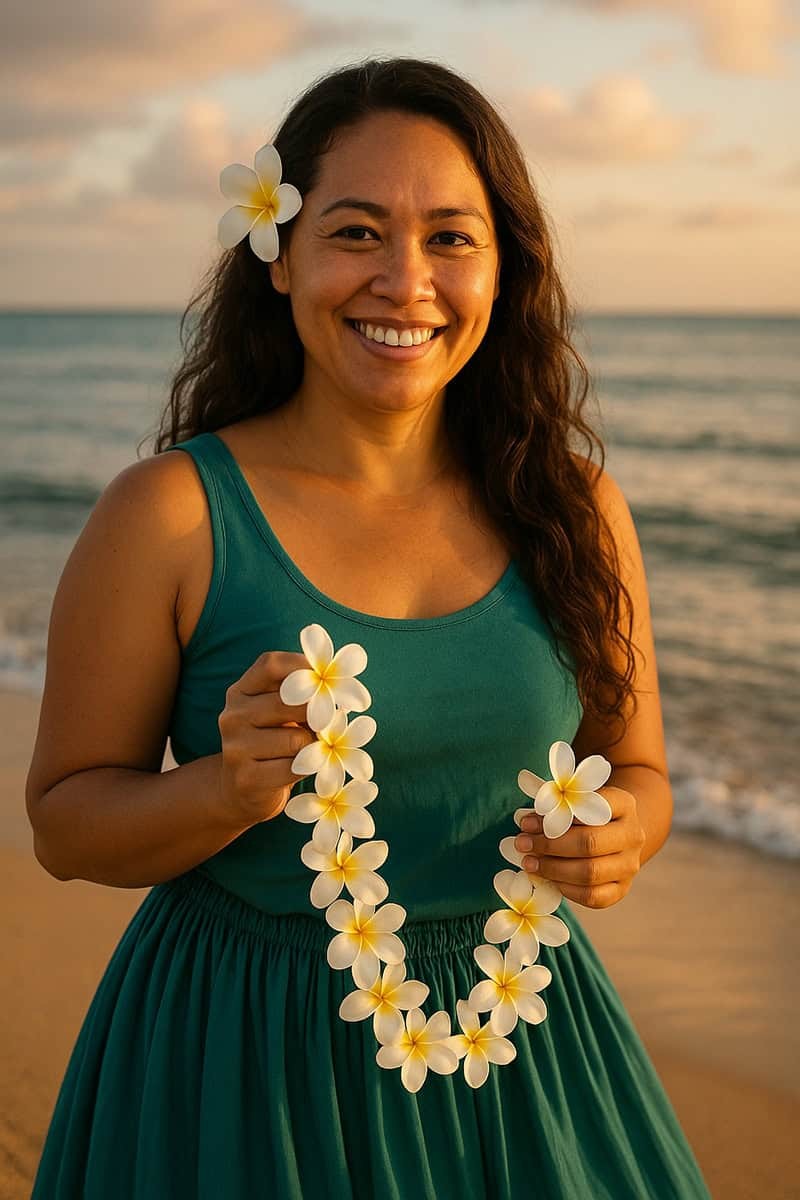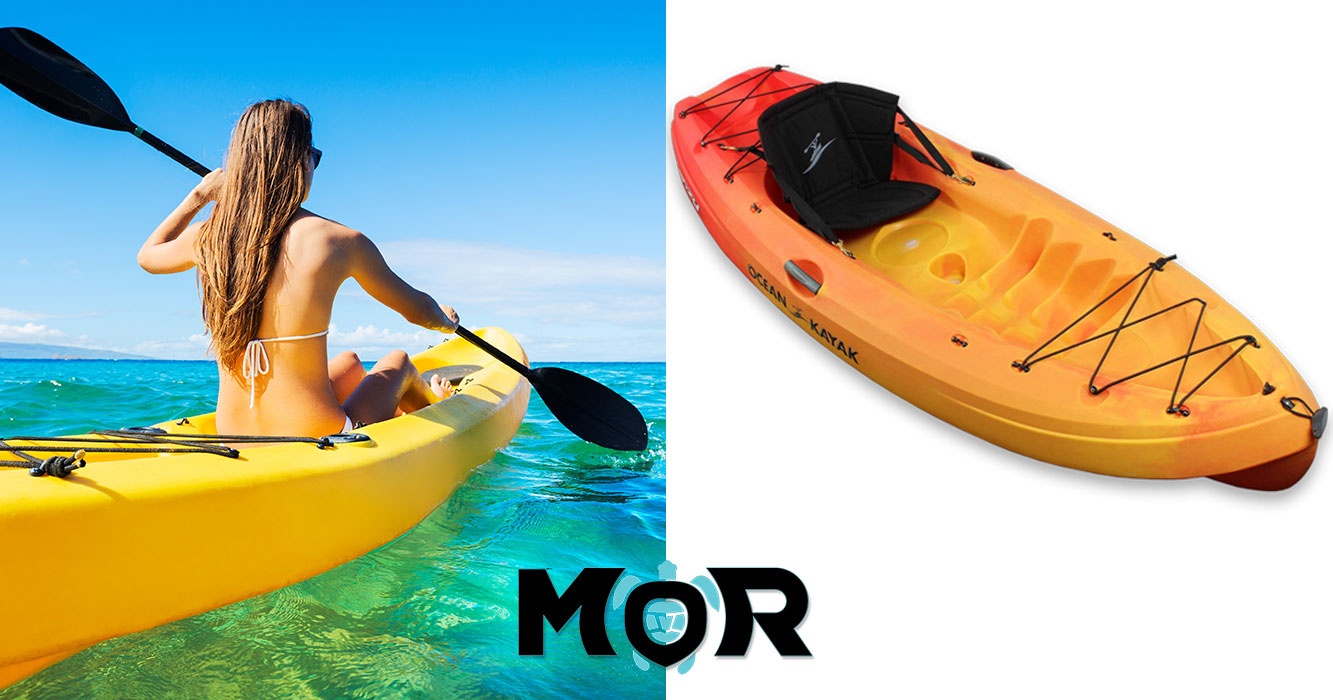
.BSdLFLE5_bAHDr.webp)
Sacred Ground in Surfing
Waimea Bay is more than a beautiful beach. This is sacred ground in surfing. The birth of big wave riding happened here. Stories of courage and innovation live in these waters. The connection to ocean power runs deep. This narrative still inspires awe today.
The Dawn of Big Wave Surfing
Ancient Polynesians invented surfing—heʻe nalu—in Hawaiʻi. They rode wooden boards on ocean swells long ago. But big wave surfing at Waimea Bay started much later. The 1950s and 1960s brought daring intensity.
Before this time, giant winter waves seemed impossible to ride. Even the most skilled surfers thought them too dangerous. The colossal waves that thundered into the bay during winter looked unrideable.
A small group of brave watermen changed this thinking. People called them the "Waimea Bay crew." Pioneers like Greg Noll, George Downing, Peter Cole, Buzzy Trent, Pat Curren, Jose Angel, and Fred Van Dyke led the way.
They had unique combinations of boldness, ocean knowledge, and physical skill. These trailblazers ventured into Waimea's winter surf. They pushed boundaries of what seemed possible.
December 22, 1969 brought a pivotal moment. Greg Noll, known for fearless approaches, paddled out into enormous Waimea surf. He rode a legendary wave estimated at 35 feet. Historic photographs captured this ride. The image became defining for big wave surfing. Perceptions changed completely. Waimea Bay's status as the ultimate proving ground was cemented.
Legends of the Lineup
Waimea's surf story is rich with legendary names. Their courage and skill became the stuff of legends. Eddie Aikau stands foremost among them. More than a gifted big wave surfer, Eddie was a deeply respected Hawaiian waterman. He embodied bravery, humility, and aloha.
Eddie Aikau: The Heart of Waimea
Eddie served as the first lifeguard on the entire North Shore. He was stationed at Waimea Bay. He saved over 500 lives from its powerful waters. Often he ventured into conditions others thought too dangerous. His legacy goes beyond surfing skill. It's one of dedication to others' safety and well-being.
Eddie tragically lost his life in 1978. He was on a voyage of the Hōkūleʻa, a traditional Polynesian voyaging canoe. When the vessel capsized, Eddie paddled off on his surfboard to get help. His name and spirit remain linked to Waimea forever. He represents the ethos of Hawaiian watermen.
Clyde Aikau, Eddie's younger brother, is another celebrated figure. An accomplished big wave rider himself, Clyde won the second Eddie Aikau Big Wave Invitational in 1986. This was a moving tribute to his brother's enduring legacy.
Other surfers left their marks on Waimea's lineup too. Brock Little is remembered for a daring feat during the 1990 Eddie Aikau Invitational. He successfully pulled into a massive Waimea Bay tube. This showed a new level of performance at the challenging break.
Ross Clarke-Jones, an Australian surfer, made history in the 2000/2001 event. He became the first non-Hawaiian to win "The Eddie." This showed the international draw and caliber of competition at Waimea.
The Eddie Aikau Big Wave Invitational: "Eddie Would Go"
No event captures Waimea Bay surfing spirit better than The Eddie Aikau Big Wave Invitational. Established in 1984, the contest honors Eddie Aikau's life and legacy. It started at Sunset Beach before moving to its rightful home at Waimea Bay. People call it the premier big wave surfing event in the world. Many refer to it as "The Super Bowl of Surfing."
What Makes "The Eddie" Special
Wave Requirements:
- • 20+ feet minimum (Hawaiian scale)
- • 30-40 foot wave faces
- • Consistent large surf
- • Clean conditions
Event Details:
- • December - March window
- • Invitation only
- • Held only 10-11 times since 1984
- • World's most prestigious big wave event
What sets "The Eddie" apart is its strict wave requirements. The competition only happens when open-ocean swells consistently reach 20 feet minimum on the Hawaiian scale. This translates to wave faces in Waimea Bay measuring 30 to 40 feet. The official waiting period runs from early December through late February or early March. This aligns with peak North Shore big wave season.
These exceptionally large wave requirements make "The Eddie" rare. Since starting, the event has only been held ten or eleven times through early 2025. This rarity adds to its mystique. Immense anticipation surrounds it each winter.
An invitation to compete in "The Eddie" is one of surfing's highest honors. Only a select group of the world's most respected big-wave surfers get invited.
"Eddie Would Go"
The famous mantra reflects Eddie's courage. He was willing to brave the most challenging conditions to help others. This spirit fills the competition. "The Eddie" is more than a surf contest. It celebrates Hawaiian culture, Eddie Aikau's legacy, and deep respect for ocean power.
The Aikau family stays integral to the event. They maintain their ancestral role as caretakers of Waimea Valley behind the bay. Recent years brought positive changes. Female surfers competed for the first time in 2023. This broadened inclusivity. Rip Curl now sponsors the event.
Eddie Aikau Invitational Winners
Denton Miyamura
Multiple-time winner
Clyde Aikau
Eddie's brother (1986)
Keone Downing
Local waterman
Ross Clarke-Jones
First non-Hawaiian winner
Kelly Slater
11-time world champion
John John Florence
Local North Shore hero
Watching the Giants
Witnessing massive Waimea Bay waves is unforgettable. This is especially true during big swells or "The Eddie." The entire Waimea Bay Beach Park provides excellent viewing from shore. The atmosphere charges with excitement. Collective awe fills the air at nature's power and surfer courage.
👥 Spectator Safety
- • Stay well back from the water's edge
- • Large, unexpected waves can surge high up the beach
- • Always be aware of your surroundings
- • Listen to lifeguard or event official instructions
The North Shore is a concentrated zone of world-class surf. People call it the "Seven Mile Miracle." Just a short distance from Waimea sits Ehukai Beach Park. This is home to Banzai Pipeline, another legendary break. Pipeline is known for perfect, powerful, dangerous barreling waves. They break over shallow reef.
Pipeline hosts major competitions too. The Billabong Pipe Masters is a key venue in the Triple Crown of Surfing. While Waimea is famous for massive, open-face waves, Pipeline offers different spectacle with incredible tube rides.
The Evolution of Waimea's Surf
The waves that made Waimea Bay a global icon have been shaped by natural forces and human actions over the past century. The devastating 1894 flood was made worse by deforestation in Waimea Valley for sugar cultivation. It dramatically changed the bay's shape by depositing vast amounts of mud. This mud then formed the stable sandbank that defines the modern shoreline. This geological shift was fundamental to creating conditions for large waves to break as they do.
Later, industrial sand mining from the mid-1950s to early 1960s removed over 200,000 tons of sand to build beaches in Waikīkī. This significantly deepened Waimea Bay. Pioneer surfer Fred Van Dyke even suggested a connection between this sand removal and his generation first challenging Waimea's big surf. The altered bay floor may have changed the wave characteristics.
Further environmental changes like severe erosion during powerful El Niño winters in 1969 and 1983 not only reshaped the coastline but also uncovered historical artifacts. Old coins, ancient Hawaiian petroglyphs, and other treasures appeared in the sand. This reminded everyone of the layers of history held within.
Today, Waimea Bay continues to be a revered destination for surfers and spectators. There's ongoing effort to balance immense surfing popularity with preserving the bay's natural beauty, fragile ecosystem, and profound cultural significance.
The story of Waimea's surf is not static. It's living history, continually shaped by the ocean and by those drawn to its power and spirit.
🏄♂️ Surf Legends
- Eddie Aikau First North Shore lifeguard
- Greg Noll December 22, 1969 legend
- Clyde Aikau Eddie's brother, 1986 winner
- John John Florence Modern North Shore hero
🏆 The Eddie Facts
- Established: 1984
- Times Held: 10-11 times
- Wave Minimum: 20 ft Hawaiian
- Season: Dec-Mar
- Status: Invitation only
📏 Wave Scale Guide
Summer: 0-3 ft
Perfect for swimming
Small Winter: 6-10 ft
Caution required
Big Waves: 15-25 ft
Experts only
Eddie Size: 20+ ft
Professional competition
🧭 Explore More
🤙 Eddie's Spirit
"Eddie Would Go"
A reminder of courage, selflessness, and the true spirit of aloha that defines Hawaiian watermen.


